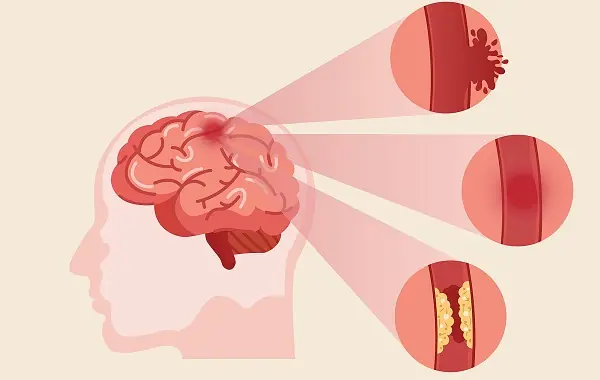
All sm.art people do that

Why Smart People Always Place Their Phones Face Down When Not in Use
A smartphone is an essential companion for most people. When dining out or meeting friends, many tend to place their phones on the table with the screen facing up. However, few people develop the habit of placing their phones face down, despite the numerous benefits this simple action can offer.
1. Reducing Exposure to Dust and Liquids
When a phone is placed face up, its screen is more exposed to dust, which can lead to scratches and smudges, especially during cleaning.
Moreover, if a drink or food spills accidentally, it will land directly on the screen, increasing the risk of damage. To minimize these risks, it is best to place the phone face down when setting it on a table or when not in use.
2. Protecting the Camera from Scratches
Most modern smartphones have rear camera lenses that protrude slightly above the back surface, as seen in models like the iPhone 14 Pro Max.
When a phone is placed face up, the raised camera lenses rest directly against the table, making them prone to scratches. This can significantly impact photo quality since a scratched lens will reduce image clarity.
To keep the camera in optimal condition, it’s advisable to place the phone face down when not in use or regularly clean the camera to maintain its performance.
3. Ensuring Privacy
With the screen facing up, incoming notifications are displayed visibly, making it easy for people nearby to read them.
This poses a potential privacy risk, especially if the notifications contain sensitive information. Placing the phone face down prevents others from accidentally seeing your messages, ensuring that your personal data remains private.
4. Enhancing Focus
Smartphones are designed to notify users of new messages and updates, which can be both helpful and distracting. Frequent notifications can interrupt focus, making it difficult to concentrate on tasks at hand.
By placing the phone face down, users can minimize distractions from notifications while still being able to check them later when they unlock the screen. This simple habit helps maintain productivity and focus during work or social interactions.
Additional Tip for Protection
When carrying a phone in your pocket, it’s advisable to place the screen facing inward. This reduces the risk of screen damage from contact with metal objects or hard surfaces. Additionally, it prevents direct exposure to heat from the battery, which could cause discomfort or minor burns.
Conclusion
Placing your phone face down is a small but effective habit that helps protect your device, ensures privacy, and enhances concentration. It’s a simple adjustment that offers significant benefits in everyday life.
News in the same category


The ring you pick will reveal your truest trait
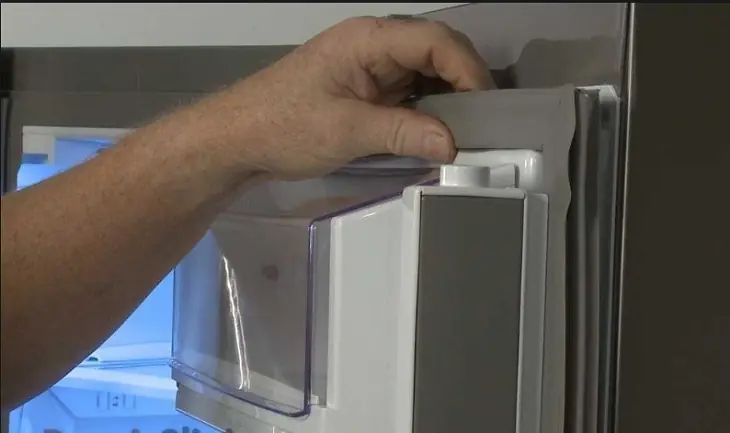
The right way to clean your refrigerator’s rubber door seal

Oversalted your dish? Don’t dilute it with water—add this one ingredient to balance the flavor fast.
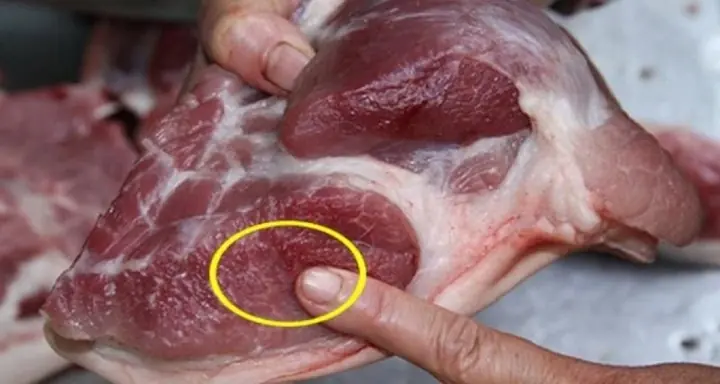
Butcher’s Honest Advice: When Buying Pork, It’s Best to Avoid These Three Types — Only the Uninformed Like Them

How to Effectively Remove Black Mold Spots from Household Items

Many people cook rice every day—but still get it wrong: 4 simple tips for tastier rice and better digestion
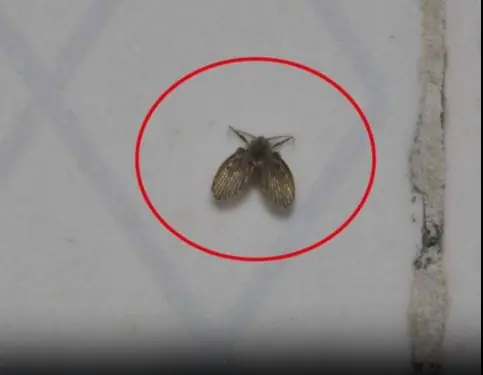
Little Black Bugs in the Bathroom? Here’s What They Are & How to Get Rid of Them for Good

Add a Few Drops of Oil to an Onion: A Simple Home Trick That Repels Mosquitoes and Improves Sleep
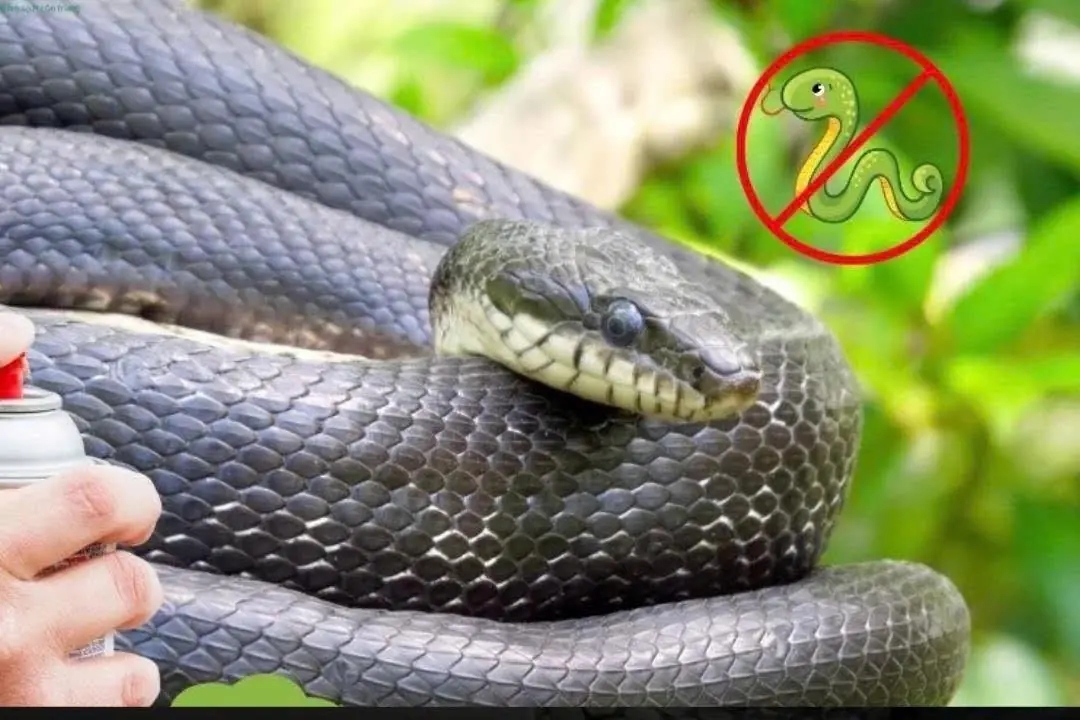
To prevent snakes from entering your house, you can apply the following methods.

Never reheat these 5 items in the microwave!

How to Fix a Weak Toilet Flush at Home - No Technician Needed

This small fridge button can significantly cut your electricity bill

How to Tell Real Baby Formula from Fake: What Every Parent Needs to Know

Smart tips to get rid of cockroaches and maintain a clean, fresh home

Your phone’s volume buttons can do more than you think - Here are 6 hidden tricks
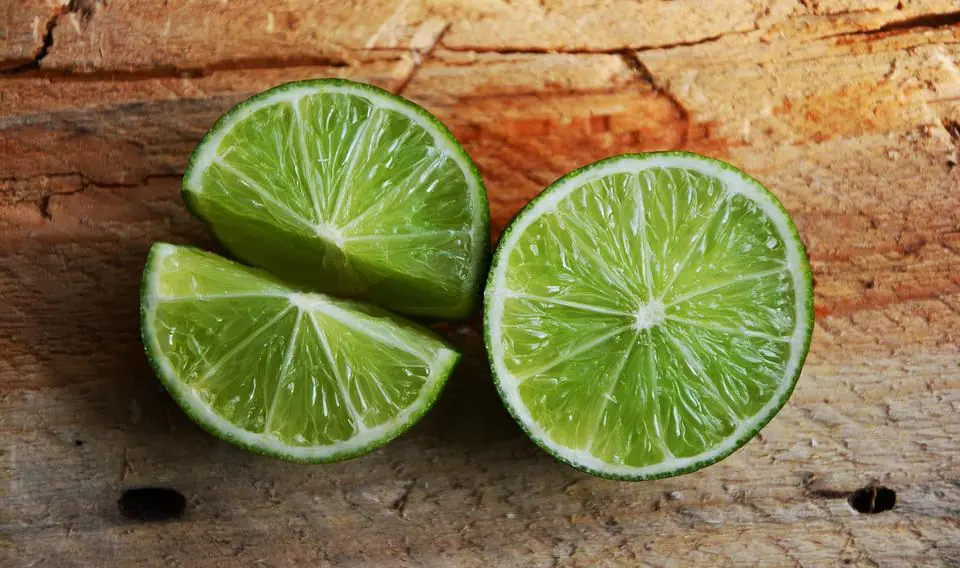
Don’t throw away lemon peels - Turn them into a powerful, natural cleaning solution for your home

If your partner leaves a clothespin on your shower head, make sure you know what it means
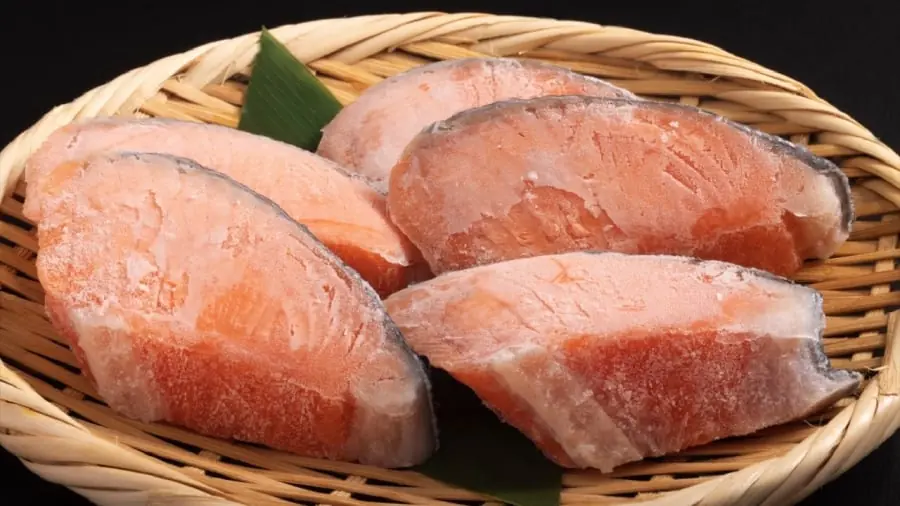
Tips for Freezing Fish So It Stays Fresh, Firm, and Flavorful for Up to a Month

Don’t throw them away yet: Surprising ways to reuse tomatoes you think are useless
News Post

Eggs and health: 6 types of eggs you should avoid to protect your body

Mixing Toothpaste with Salt: Surprising Uses and Benefits You Can Try at Home

10 powerful foods that can help lower your risk of str.oke

Coconut Lime Fish Soup
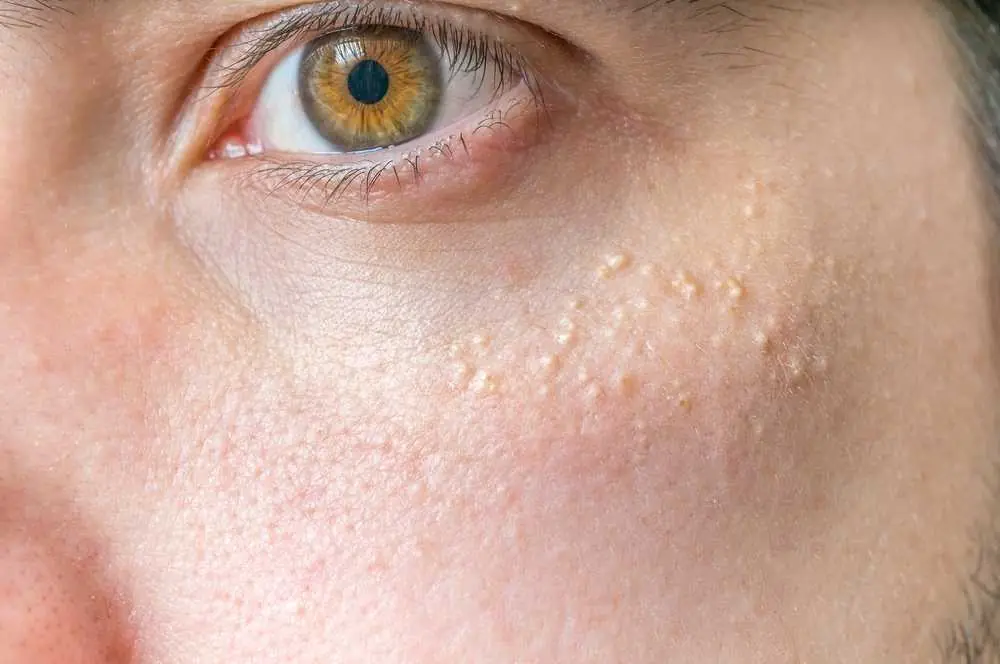
White Spots Around the Eyes: What Are They Really Telling You About Your Health?

This fruit is known as the “poor man’s ginseng”: cheap, available year-round, and sold in every Asian market

Slow-Cooked Lamb Shank Curry

Don't Eat Sweet Potatoes Until You Know These 13 Important Facts!

Spicy Beef Curry

5 types of vegetables that help detoxify and lower liver enzymes

5 effective drinks that support rapid blo.od sugar reduction
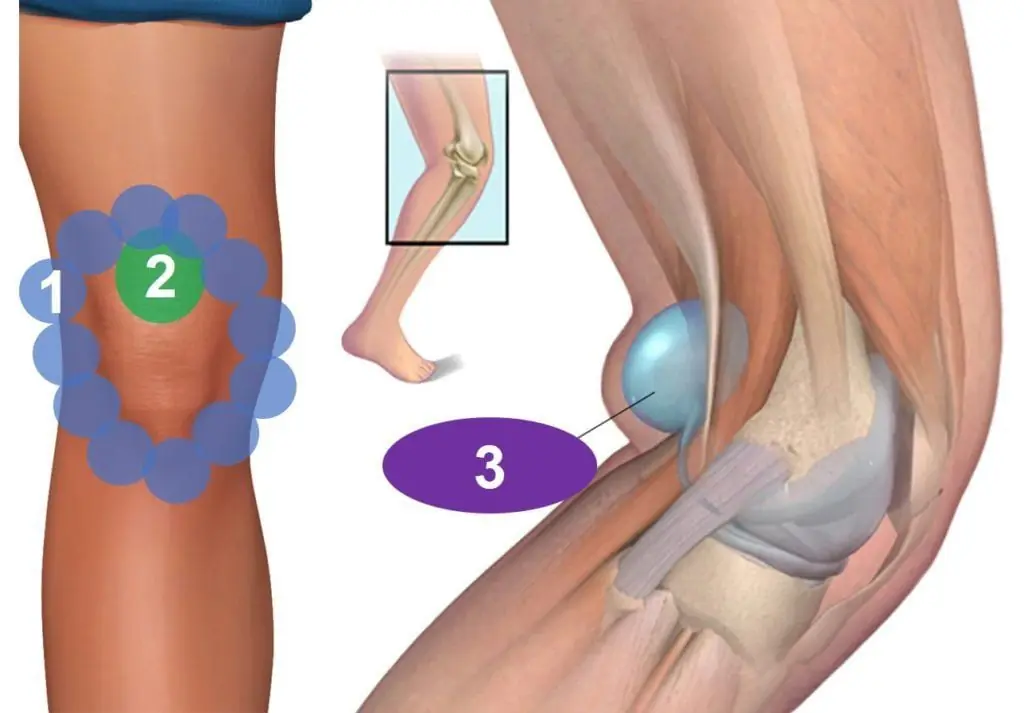
Muscle pain behind the knee, a dan.gerous symptom that should not be ignored

A Young Couple Both Developed Li.ver Ca.ncer Because of a Type of “Purified Water” Many People Believe Is Clean

10+ Warning Signs You're Eating Too Much Sugar

Why you should never pour household wastewater into the toilet?

When coffee becomes too much: 7 warning signs your body is asking you to stop
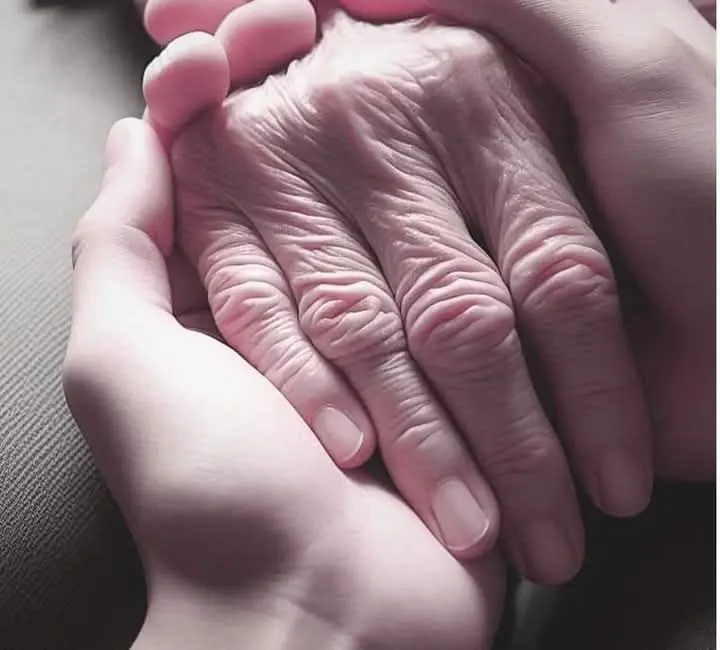
If Your Parent Shows These 3 Signs, They May Be Nearing the End of Life. Prepare Yourself for What’s to Come

The ring you pick will reveal your truest trait

Can you eat leftover rice safely? Here’s what nutrition experts say
